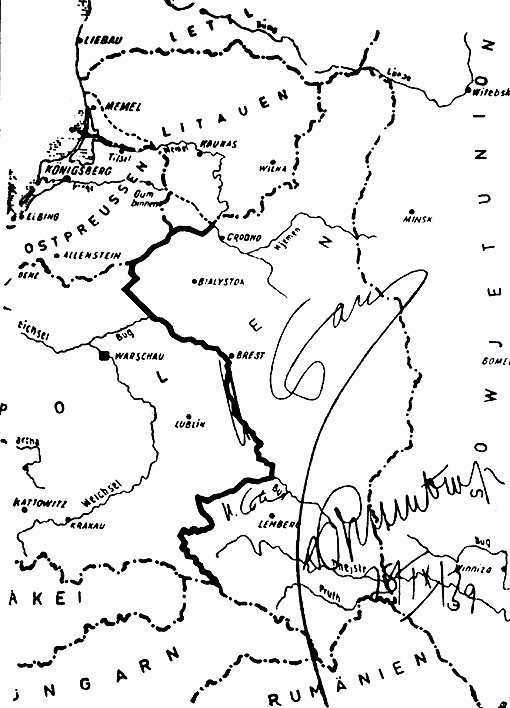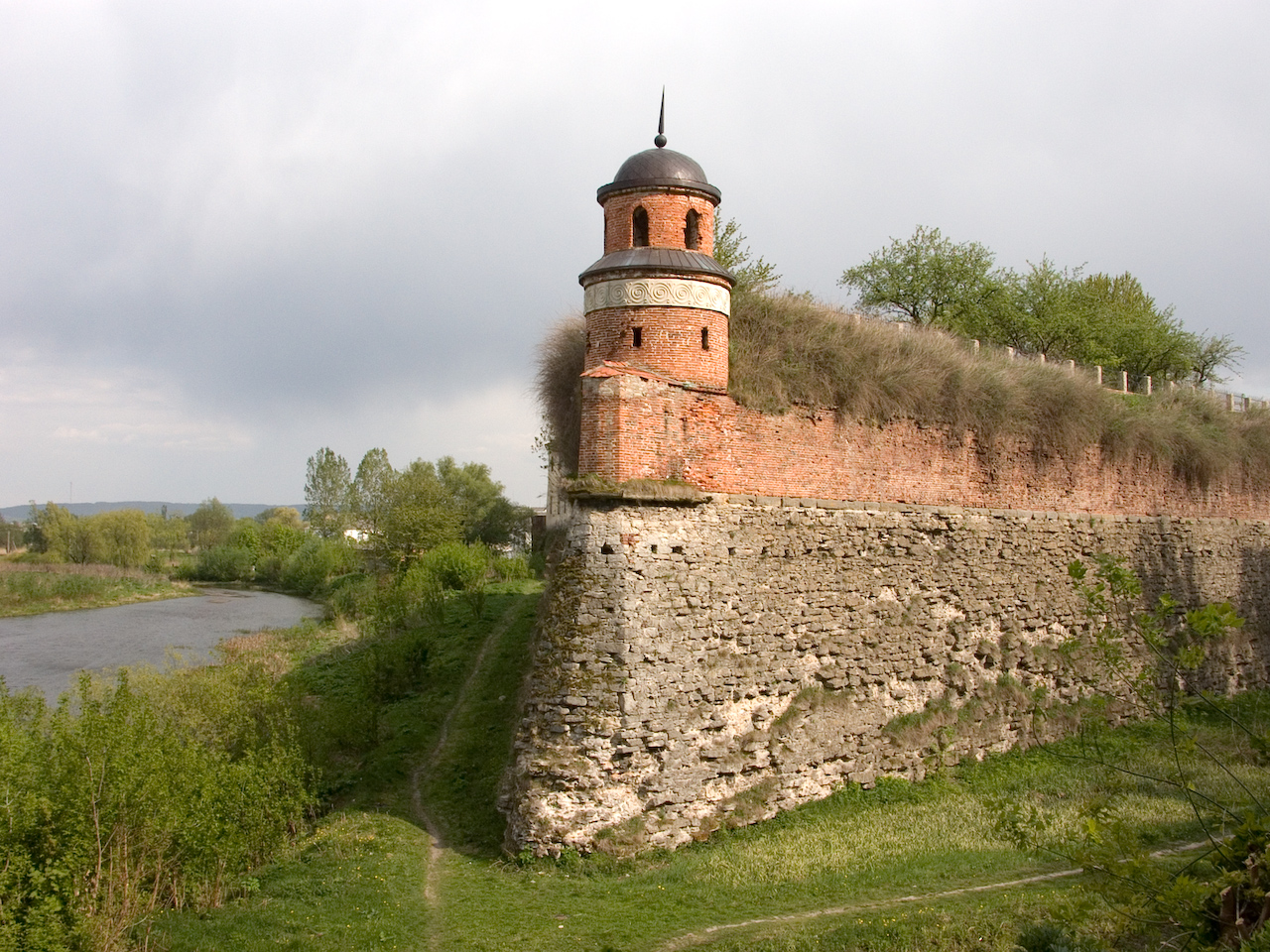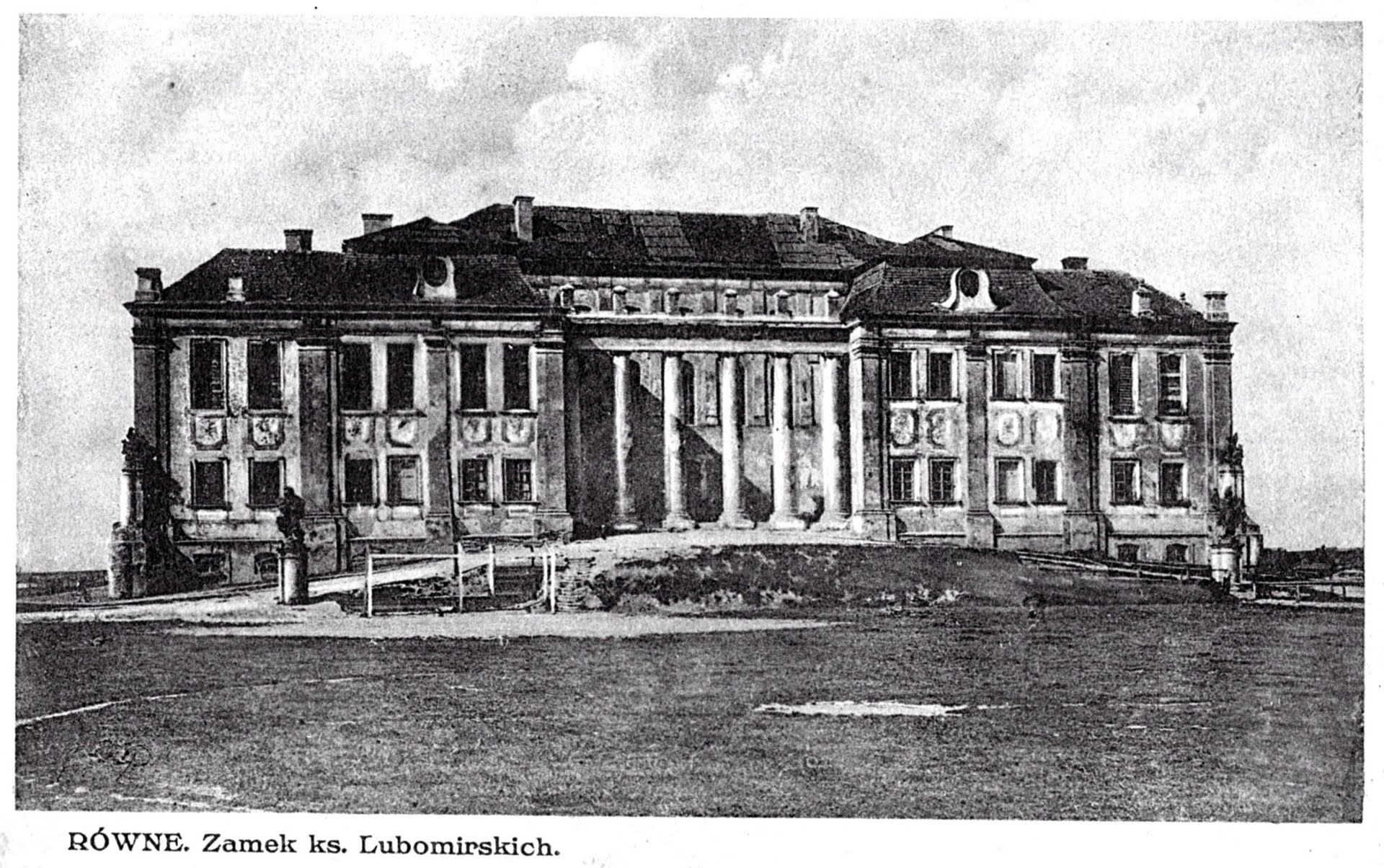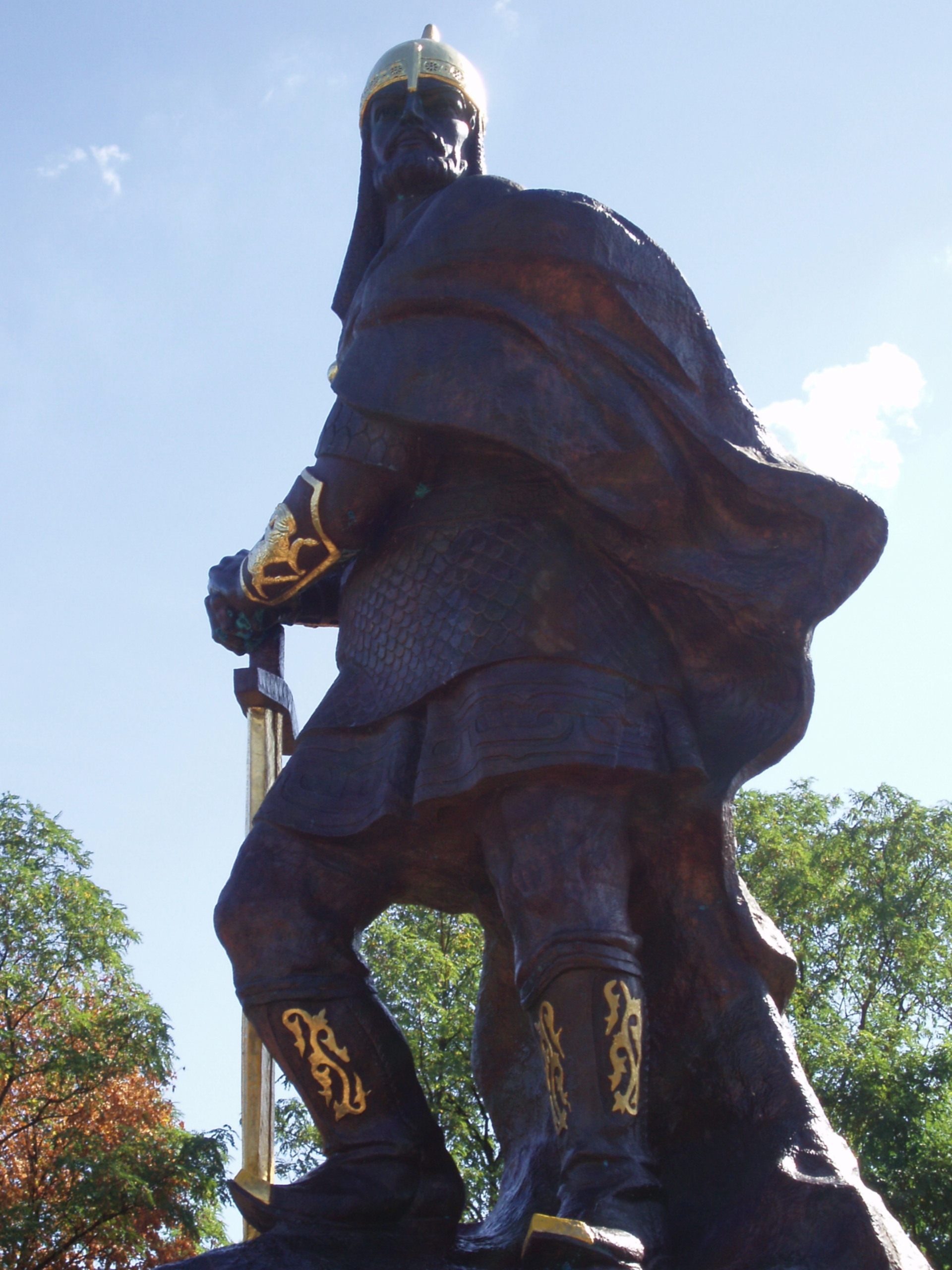|
Ukrainian People's Militsiya
Ukrainian People's Militsiya or the Ukrainian National Militsiya ( uk, Українська Народна Міліція), was a paramilitary formation created by the Organization of Ukrainian Nationalists (OUN) in the General Government territory of occupied Poland and later in the Reichskommissariat Ukraine during World War II. It was set up in the course of Operation Barbarossa, the 1941 invasion of the Soviet Union. Formation Ukrainian People's Militsiya, created in June 1941, preceded the official founding of the Ukrainian Auxiliary Police in mid-August 1941 by Heinrich Himmler. There is conclusive historical evidence indicating that members of the Ukrainian Militsiya took a leading role in the 1941 Lviv pogroms, resulting in the massacre of 6,000 Polish Jews, after the German army reached Lwów (Lemberg) at the end of June in Soviet-occupied eastern Poland (now Lviv, Ukraine). Initially the Ukrainian Militsiya acted independently, with the blessings of the SS, but later wer ... [...More Info...] [...Related Items...] OR: [Wikipedia] [Google] [Baidu] |
General Government
The General Government (german: Generalgouvernement, pl, Generalne Gubernatorstwo, uk, Генеральна губернія), also referred to as the General Governorate for the Occupied Polish Region (german: Generalgouvernement für die besetzten polnischen Gebiete), was a German zone of occupation established after the invasion of Poland by Nazi Germany, Slovakia and the Soviet Union in 1939 at the onset of World War II. The newly occupied Second Polish Republic was split into three zones: the General Government in its centre, Polish areas annexed by Nazi Germany in the west, and Polish areas annexed by the Soviet Union in the east. The territory was expanded substantially in 1941, after the German Invasion of the Soviet Union, to include the new District of Galicia. The area of the ''Generalgouvernement'' roughly corresponded with the Austrian part of the Polish–Lithuanian Commonwealth after the Third Partition of Poland in 1795. The basis for the formation of the ... [...More Info...] [...Related Items...] OR: [Wikipedia] [Google] [Baidu] |
Schutzmannschaften
The ''Schutzmannschaft'' or Auxiliary Police ( "protective, or guard units"; plural: ''Schutzmannschaften'', abbreviated as ''Schuma'') was the collaborationist auxiliary police of native policemen serving in those areas of the Soviet Union and the Baltic states occupied by Nazi Germany during World War II. Heinrich Himmler, head of the SS, established the ''Schutzmannschaft'' on 25 July 1941, and subordinated it to the Order Police (''Ordnungspolizei''; Orpo). By the end of 1941, some 45,000 men served in ''Schutzmannschaft'' units, about half of them in the battalions. During 1942, ''Schutzmannschaften'' expanded to an estimated 300,000 men, with battalions accounting for about a third, or less than one half of the local force. Everywhere, local police far outnumbered the equivalent German personnel several times; in most places, the ratio of Germans to natives was about 1-to-10. The auxiliary police battalions (''Schutzmannschaft-Bataillonen'') were created to provide secur ... [...More Info...] [...Related Items...] OR: [Wikipedia] [Google] [Baidu] |
Dubno
Dubno ( uk, Ду́бно) is a city and municipality located on the Ikva River in Rivne Oblast (province) of western Ukraine. It serves as the administrative center of Dubno Raion (district). The city is located on intersection of two major European routes, E40 and E85. The city is estimated to have a population of . It is located within the historic region of Volhynia. In Soviet times it was home to the Cold War facility Dubno air base. The city is also famous for its fortress. History Middle Ages First mentioned in a chronicle of 1100, when it was in possession of Yaroslav the Wise's grandson David of Brest , Dubno was even a seat of local princes for a short period of time. In 1240 the town was raided by the Mongols. In the early 14th century the region was the subject of Polish- Lithuanian rivalry, as a result of which Dubno became part of the latter. However, soon after with the Union of Krewo (1385), it came under Polish influence as part of the Polish-Lithuanian U ... [...More Info...] [...Related Items...] OR: [Wikipedia] [Google] [Baidu] |
Drohobych
Drohobych ( uk, Дрого́бич, ; pl, Drohobycz; yi, דראָהאָביטש;) is a city of regional significance in Lviv Oblast, Ukraine. It is the administrative center of Drohobych Raion and hosts the administration of Drohobych urban hromada, one of the hromadas of Ukraine. In 1939–1941 and 1944–1959 it was the center of Drohobych Oblast. The city was founded at the end of eleventh century as an important trading post and transport node between Kyiv Rus' and the lands to the West of Rus'. After extinction of the local Ruthenian dynasty and subsequent incorporation of the Kingdom of Galicia–Volhynia into the Polish Kingdom by 1349, from the fifteenth century the city was developing as a mercantile and saltworks centre. Drohobych became part of the Habsburg Empire in 1772 after the first partition of Polish–Lithuanian Commonwealth. In the mid-nineteenth century it became Europe's largest oil extraction center, which significantly contributed to its rapid developm ... [...More Info...] [...Related Items...] OR: [Wikipedia] [Google] [Baidu] |
Kamenetz-Podolsk
Kamianets-Podilskyi ( uk, Ка́м'яне́ць-Поді́льський, russian: Каменец-Подольский, Kamenets-Podolskiy, pl, Kamieniec Podolski, ro, Camenița, yi, קאַמענעץ־פּאָדאָלסק / קאַמעניץ, Kamenetz-Podolsk / Kamenitz) is a city on the Smotrych River in western Ukraine, to the north-east of Chernivtsi. Formerly the administrative center of the Khmelnytskyi Oblast, the city is now the administrative center of the Kamianets-Podilskyi district within the Khmelnytskyi province. It hosts the administration of Kamianets-Podilskyi urban hromada. Current population has been estimated as In 1919–1920, during the unfolding Ukrainian–Soviet War, the city officially served as the temporary capital of the Ukrainian People's Republic. Name The first part of the city's dual name originates from ' ( uk, камiнь) or ', meaning 'stone' in Old Slavic. The second part of its name relates to the historic region of Podolia ( uk, ... [...More Info...] [...Related Items...] OR: [Wikipedia] [Google] [Baidu] |
Yavoriv
Yavoriv ( uk, Яворів, ; pl, Jaworów; yi, יאַוואָראָוו , translit=Yavorov; german: Jaworiw) is a city in the Lviv region of western Ukraine which is around 15 kilometers from the Polish border. It is the administrative centre of Yavoriv Raion and is situated approximately west of the oblast capital, Lviv. Yavoriv hosts the administration of Yavoriv urban hromada, one of the hromadas of Ukraine. Its population is approximately . Not far from it is the watering-place of Shklo with sulphur springs. History The town was first mentioned in written documents in 1436. It received Magdeburg rights in 1569, from Polish King Sigismund II Augustus. Jaworów was a royal town of Poland. It was a favorite residence of king John III Sobieski. In 1675 John III signed the Polish-French Treaty of Jaworów in the town, and there he also received the congratulations from the Pope on his success against the Turks at Vienna (1683), and ratified the formation of the Holy League a ... [...More Info...] [...Related Items...] OR: [Wikipedia] [Google] [Baidu] |
Rovno
Rivne (; uk, Рівне ),) also known as Rovno (Russian: Ровно; Polish: Równe; Yiddish: ראָוונע), is a city in western Ukraine. The city is the administrative center of Rivne Oblast (province), as well as the surrounding Rivne Raion (district created in the USSR) within the oblast.On bringing the name of Rovno city and Rovno Oblast in accordance to rules of Ukrainian spelling . . 11 June 1991 Administratively, Rivne is incorporated as a cit ... [...More Info...] [...Related Items...] OR: [Wikipedia] [Google] [Baidu] |
Tarnopol
Ternópil ( uk, Тернопіль, Ternopil' ; pl, Tarnopol; yi, טאַרנאָפּל, Tarnopl, or ; he, טארנופול (טַרְנוֹפּוֹל), Tarnopol; german: Tarnopol) is a city in the west of Ukraine. Administratively, Ternopil serves as the administrative centre of Ternopil Oblast and has the status of city of oblast significance. Located on the banks of the Seret. Until 1944, it was known mostly as Tarnopol. Ternopil is one of the major cities of Western Ukraine and the historical regions of Galicia and Podolia. It is served by Ternopil Airport. The population of Ternópil was estimated at . Administrative status The city is the administrative center of Ternopil Oblast (region), as well as of surrounding Ternopil Raion (district) within the oblast. It hosts the administration of Ternopil urban hromada, one of the hromadas of Ukraine. Demography According to Ukrainian Census (2001), Ternopil city and Ternopil oblast are homogeneously populated by ethnic Uk ... [...More Info...] [...Related Items...] OR: [Wikipedia] [Google] [Baidu] |
Wehrmacht
The ''Wehrmacht'' (, ) were the unified armed forces of Nazi Germany from 1935 to 1945. It consisted of the ''Heer'' (army), the ''Kriegsmarine'' (navy) and the ''Luftwaffe'' (air force). The designation "''Wehrmacht''" replaced the previously used term and was the manifestation of the Nazi regime's efforts to rearm Germany to a greater extent than the Treaty of Versailles permitted. After the Nazi rise to power in 1933, one of Adolf Hitler's most overt and audacious moves was to establish the ''Wehrmacht'', a modern offensively-capable armed force, fulfilling the Nazi régime's long-term goals of regaining lost territory as well as gaining new territory and dominating its neighbours. This required the reinstatement of conscription and massive investment and defense spending on the arms industry. The ''Wehrmacht'' formed the heart of Germany's politico-military power. In the early part of the Second World War, the ''Wehrmacht'' employed combined arms tactics (close-cover ... [...More Info...] [...Related Items...] OR: [Wikipedia] [Google] [Baidu] |
Viadrina European University
European University Viadrina Frankfurt (Oder) (german: Europa-Universität Viadrina Frankfurt (Oder)) is a university located at Frankfurt (Oder) in Brandenburg, Germany. It is also known as the University of Frankfurt (Oder). The city is on the Oder River, which marks the border between Germany and Poland. With 5,200 students — around 1,000 of whom come from Poland — and some 160 teaching staff, the Viadrina is one of Germany's smallest universities (only the University of Erfurt and Jacobs University Bremen have fewer students). The Latin word ''Viadrina'' means "belonging to, or situated at, the Oder River"; it derives from ''Viadrus'', the name of a presumed river god of the Oder. Actually, an ancient name of the river is not documented, it is mentioned as ''Oddera'' in the 991 '' Dagome iudex'' referring to the realm of Prince Mieszko I of Poland. The Latin name was probably introduced by the Frankfurt scholar Jodocus Willich (c.1486–1552) and appeared in the '' ... [...More Info...] [...Related Items...] OR: [Wikipedia] [Google] [Baidu] |
Sokal
Sokal ( uk, Сокаль, romanized: ''Sokal'') is a city located on the Bug River in Chervonohrad Raion, Lviv Oblast of western Ukraine. It hosts the administration of Sokal urban hromada, one of the hromadas of Ukraine. The population is approximately History The first written mention of Sokal dates from 1377. In 1424, it received Magdeburg rights from Siemowit IV, Duke of Masovia, and in 1462, the town became part of Belz Voivodeship, Lesser Poland Province of the Polish Crown. On August 2, 1519, following the defeat of a Polish-Lithuanian army under Hetman Konstanty Ostrogski by Crimean Tatars, the town was razed by the invaders. Mikolaj Sep-Szarzynski later dedicated one of his poems to this battle. The town remained part of Poland until the first partition of Poland, when it was annexed by the Habsburg Empire, as part of Galicia. It was the capital of the Sokal district, one of the 78 ''Bezirkshauptmannschaften'' in the Austrian Galicia province (Crown land) in 1900 ... [...More Info...] [...Related Items...] OR: [Wikipedia] [Google] [Baidu] |
Korosten
Korosten ( uk, Ко́ростень, ; historically also ''Iskorosten'' ) is a historic city and a large transport hub in the Zhytomyr Oblast (province) of northern Ukraine. It is located on the Uzh River. Korosten serves as the administrative center of the Korosten Raion (district) . As of January 2022 Korosten's population was approximately Name There are different theories about the origin of the name of the city. The name may be derived from the word ''korost'', 'brushwood, bushes, shrubbery'; the form ''Iskorosten'' sometimes found in early sources is probably based on the common repetition of prepositions in Old East Slavic: ''iz grada iz''... 'from the city from...'. Another theory holds that the city was built entirely of wood, and its walls were surrounded by an oak fence, unhewn, with bark, leading to the name Is-koro-sten, i.e. the city "from bark on the wall" in Ukrainian. Alternatively, the city might have been named after the sun god Khors/Xors (Horus) - the m ... [...More Info...] [...Related Items...] OR: [Wikipedia] [Google] [Baidu] |






_-_Joachim_I_Nestor_-_Jagdschloss_Grunewald.jpg)

